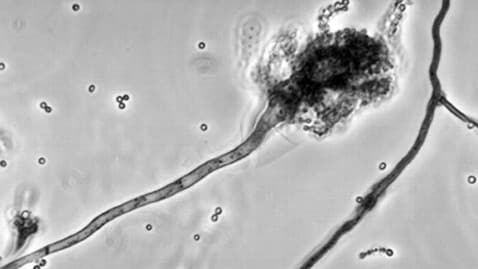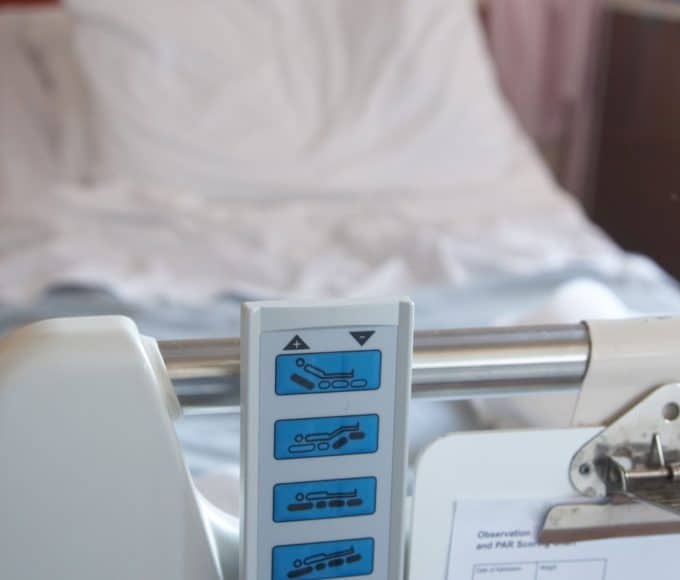The national total has reached 323 cases of fungal meningitis since the outbreak, linked to steroid injections, began and doctors are struggling to figure out how to handle the crisis. 11 new cases have been reported in the past 24 hours alone and outbreaks are being reported in 18 states nationwide. Most of the infections occurred when contaminated steroids were injected directly into the patients’ spinal fluid but lately reports of infections from joint injections have also been confirmed. According to the CDC this particular type of fungus has never before been known to cause meningitis and health officials are uncertain as to how best to treat infected patients. This particular type of meningitis is very hard to diagnose and even harder to kill. Most patients require at least 3 months of treatment and can suffer hallucinations as a side effect. Doctors are unable to predict what a patient’s chance of survival is or when it is safe to stop treatments. What doctors have learned so far is that early treatment is essential to a patient’s recovery and since most people get sick within 42 days of receiving an injection they are hopeful that the worst of the outbreak is coming to an end. It is unusual for a fungal infection of this type to sicken or kill an otherwise healthy person but it seems that the location of the injection site and the particular strain of fungus are making this an exceptional killer. Because the fungus is injected near the spine doctors believe that it reduces inflammation, bypassing one of the body’s key defenses against infection. It also grows quietly enough that it is able to create an abscess in the spinal canal and then travel directly to the brain via the spinal fluid before a patient exhibits any symptoms. The good news is that there is a treatment called voriconazole, that is now replacing earlier attempts at treatment that is proving to be more successful, with less side effects than its predecessor.
Top Insights
General Health
Fungal meningitis posing a challenge for health officials
October 25, 20121 Mins read1.1k Views

Recent Posts
Categories
- Acne5
- addiction7
- Beauty22
- Children's Health6
- Cosmetic20
- Featured36
- Fitness90
- Food62
- General53
- General Health276
- Hair Loss4
- Health Advocates14
- Holistic19
- Home21
- Insomnia6
- International2
- Inventions5
- Ketosis1
- Living Healthy169
- Living With…36
- Lose Weight23
- Nutrition38
- Office8
- Outdoor Activities23
- Prevention39
- Recipes42
- Sleeping Disorders7
- Stress17
- Uncategorized18
Related Articles
General Health
How to Relieve Stress and Tension After Work
Try these simple, effective ways to unwind after work, relieve physical tension,...
ByMallory KneeNovember 19, 2025
General Health
Reasons To Consider Purchasing an Adjustable Bed
Improve sleep quality and comfort with adjustable beds featuring advanced features like...
ByMallory KneeOctober 10, 2025
General HealthHealth AdvocatesLiving With...Stress
What Minority Stress Feels Like and How to Deal With It
Minority stress is when the world wears you down just for being...
ByStaffSeptember 26, 2025
General Health
Gut Check: Signs You’re Not Properly Digesting Your Food
Discover the key signs you’re not properly digesting food, such as bloating...
ByMallory KneeSeptember 20, 2025













